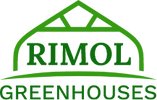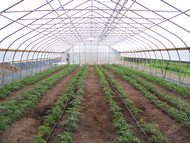What is the Natural Resources Conservation Service (NRCS)? How does the NRCS support farmers across the U.S.? Can the NRCS help me to build a new high tunnel for my farm? Rimol Greenhouse Systems recently spoke with experts from NRCS New Hampshire for answers to these questions and more. Check out their insights below!
What is the NRCS and what is its primary purpose?
The Natural Resources Conservation Service (NRCS) is the lead conservation agency for the U.S. Department of Agriculture and formed in response to the Dust Bowl era of the 1930’s where traditional farming practices in the Midwest caused accelerated erosion, rapid devastation and decline of farming acreage in the United States. The agency was tasked to partner with local farming communities to help spread scientifically supported agricultural practices that were proven to conserve soil and water, promote clean air, increase productivity, resiliency, and efficiency of farms and forests. Through offering free technical assistance and encouraging adoption of practices through cost-share models, the agency seeks to ensure natural resources are conserved for future generations of Americans to help feed the nation.
As a non-regulatory agency, the primary purpose of the NRCS is to work with farm and forest landowners – or land mangers – who voluntarily choose to partner with us to address conservation concerns on their working lands. The NRCS provides trained conservationists and scientific specialists that provide free technical assistance to identify producer goals and advise them on what conservation measures – known as ‘practices’ – can be taken to address concerns on their farm. Where the cost to implementing a solution may be out of reach to a producer, the NRCS offers payment incentives under financial assistance programs to encourage adoption of practices that have been proven to show a positive impact on conserving resources.
Who is eligible to participate in NRCS programs?
While anyone can request technical assistance on their farm and forest land, there are limitations on who is eligible for NRCS financial assistance programs. Interested individuals are encouraged to submit an application for financial assistance at any time. Eligibility can be determined after applying. Former limitations such as geographical size of operation, minimum farm income or profit requirements were removed in the 2018 Farm Bill and no longer impacts eligibility - NRCS is size neutral. Subsistence and backyard producers are welcome to apply. These operations do need to be registered with the USDA’s Farm Service Agency (FSA), but that is not required at the time of application. You can apply anytime!
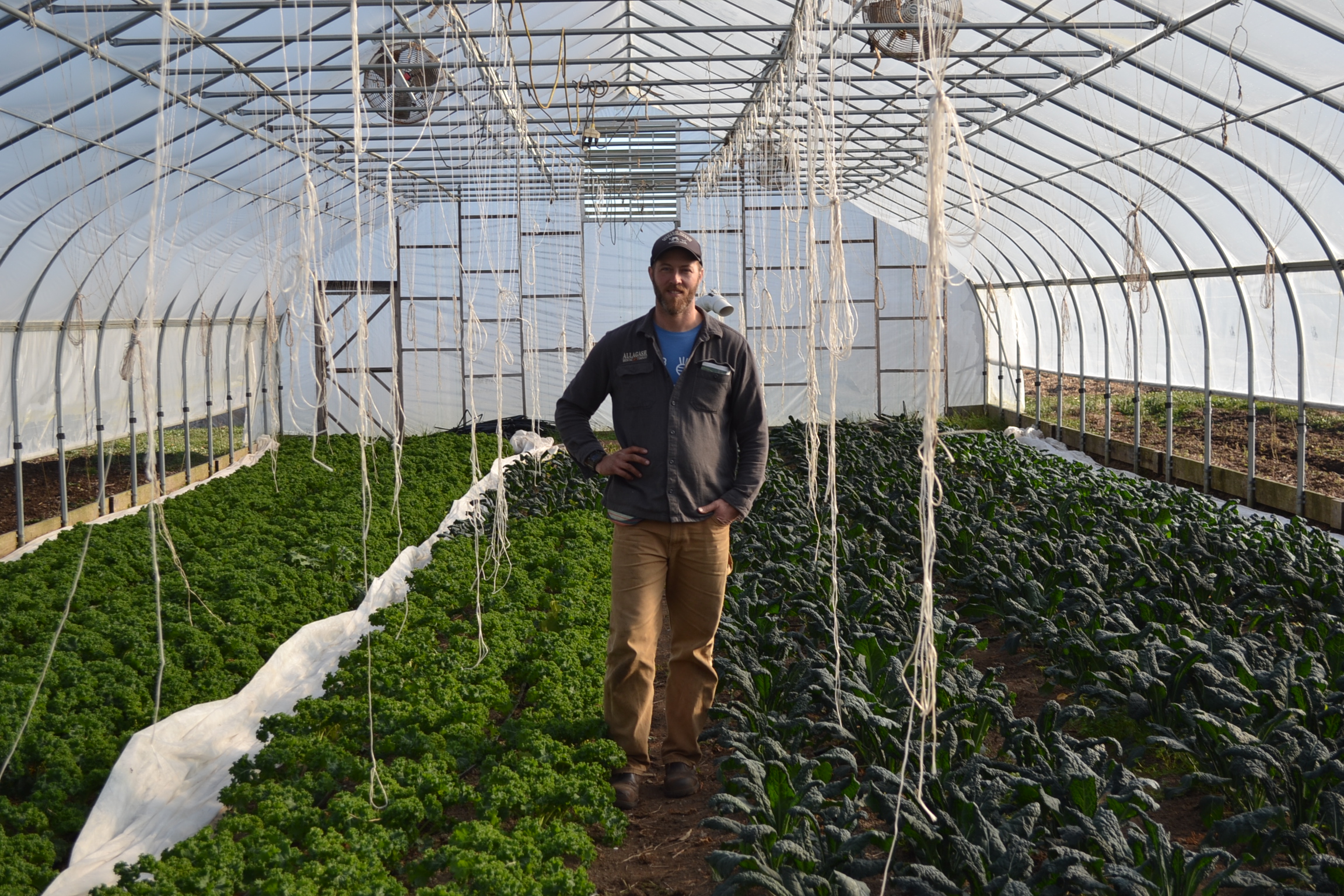
I am interested in extending my growing season with a high tunnel. What support is available through the NRCS for new high tunnels?
First it is important to understand the distinction between a ‘high tunnel’ and a ‘greenhouse’ as often we encounter new producers that use this term somewhat interchangeably. It is easy to understand, from the outside they can look similar and often use the same structural components. It is what happens inside that makes the difference! This matters because the NRCS can help with financial assistance for new construction of high tunnels, but not greenhouses. This means that a producer that accepts a program contract for a high tunnel, must use it in that manner for the duration of the program terms – generally five years – and not as a storage shed, chicken coop, or greenhouse in the off season.
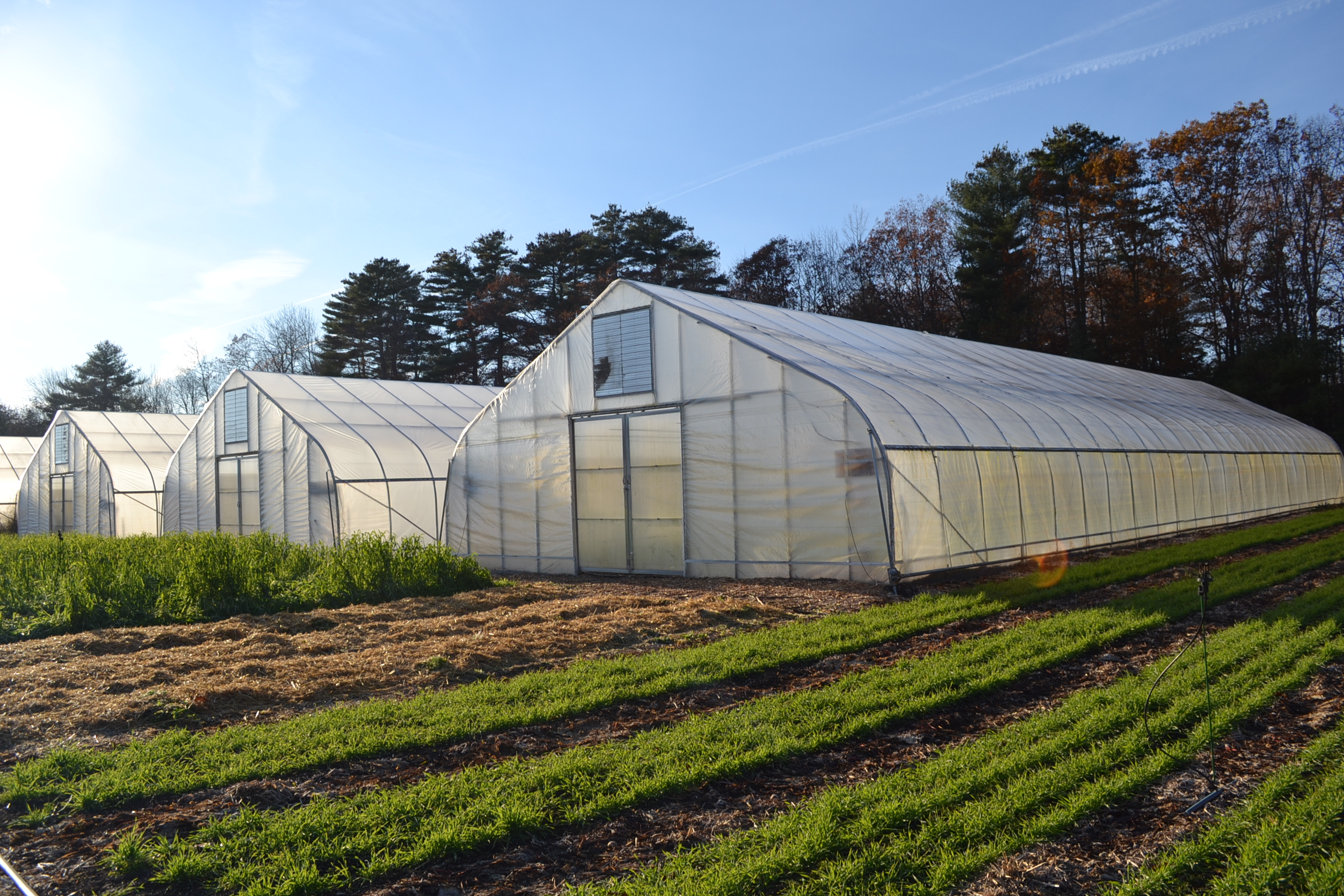
So, what is the difference between a high tunnel and a greenhouse?
A high tunnel requires crops to be grown directly in the soil at the site – not in raised beds or in containers on tables – and are generally not heated. The goal of high tunnels is to provide a consistent and stable growing environment that can extend the season for crops struggle to be productive in northern climates; tomatoes in New England are a popular example. The NRCS can provide technical assistance to help determine the best location, orientation, and site preparation on your property for a high tunnel – depending on your specific goals and the natural characteristics of the land. Irrigation also becomes an issue for a high tunnel because, if it is naturally raining in your high tunnel, something is probably wrong! The NRCS can advise you on ‘ supporting practices’ that can help you address the irrigation need in these high tunnels at the onset of the project.
Greenhouses, on the other hand, attempt to offer a more year-round stable climate for containerized plants, propagation of seedlings, or for specialized climate control for plants with unique growing requirements. This often requires heaters and fans, supplemental lighting, raised growing tables, or other climate control measures.
While NRCS offers programs and practices to assist producers become more energy efficient in existing greenhouses, our financial assistance programs do not fund new greenhouses, only high tunnels.
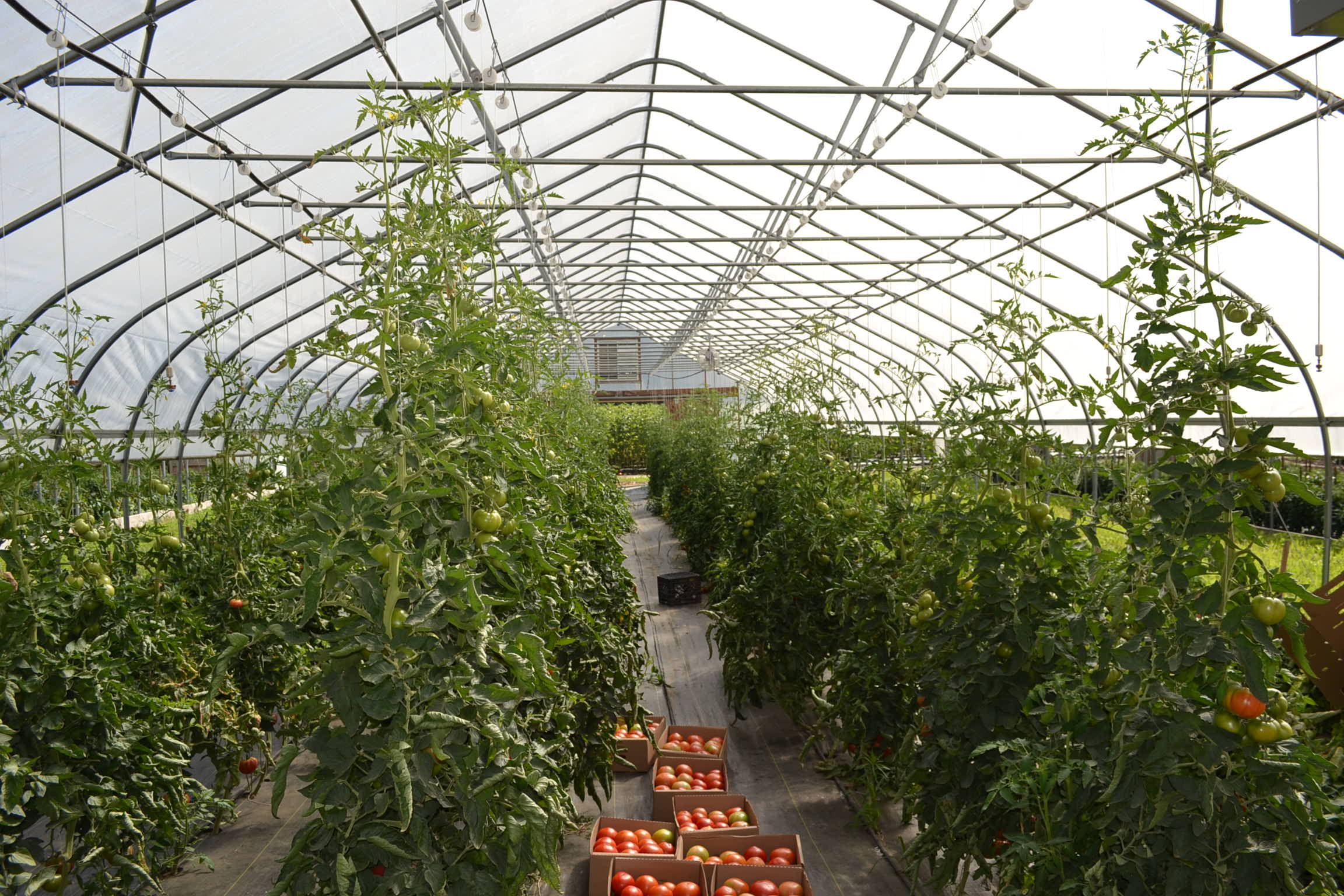
How do I get started in working with the NRCS?
Reach out to your local NRCS office! There are 7 field offices around the state of New Hampshire. Find your local USDA Service Center through the Farmers.gov website here: Get Started at Your USDA Service Center
A Conservation Planner will work with you to develop a Conservation Plan and determine which financial assistance opportunities may work best for you and your operation. We also work very closely with the Farm Service Agency (FSA) to provide resources to the agriculture community. The FSA assists producers with establishing Farm Records, which is part of program eligibility. To establish Farm Records, have available an official tax identification (Social Security number or employer ID) and a property deed or a lease/rental agreement. If your operation is incorporated or an entity; proof of members and signature authority is needed.
Please don’t feel like you need to be the expert on USDA programs. We are here to help you!
*Technical information on natural resource conservation and related subjects was provided by the U.S. Department of Agriculture (USDA), Natural Resources Conservation Service (NRCS). Providing this information does not constitute endorsement by the USDA or NRCS of any commercial products or services.
